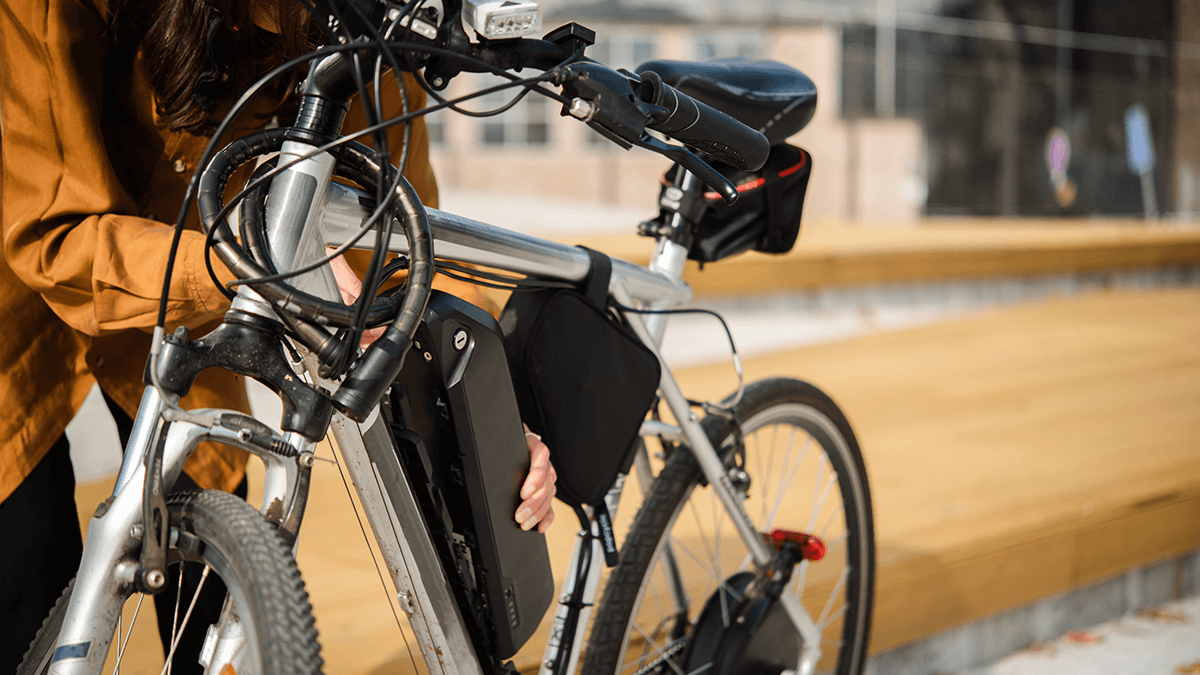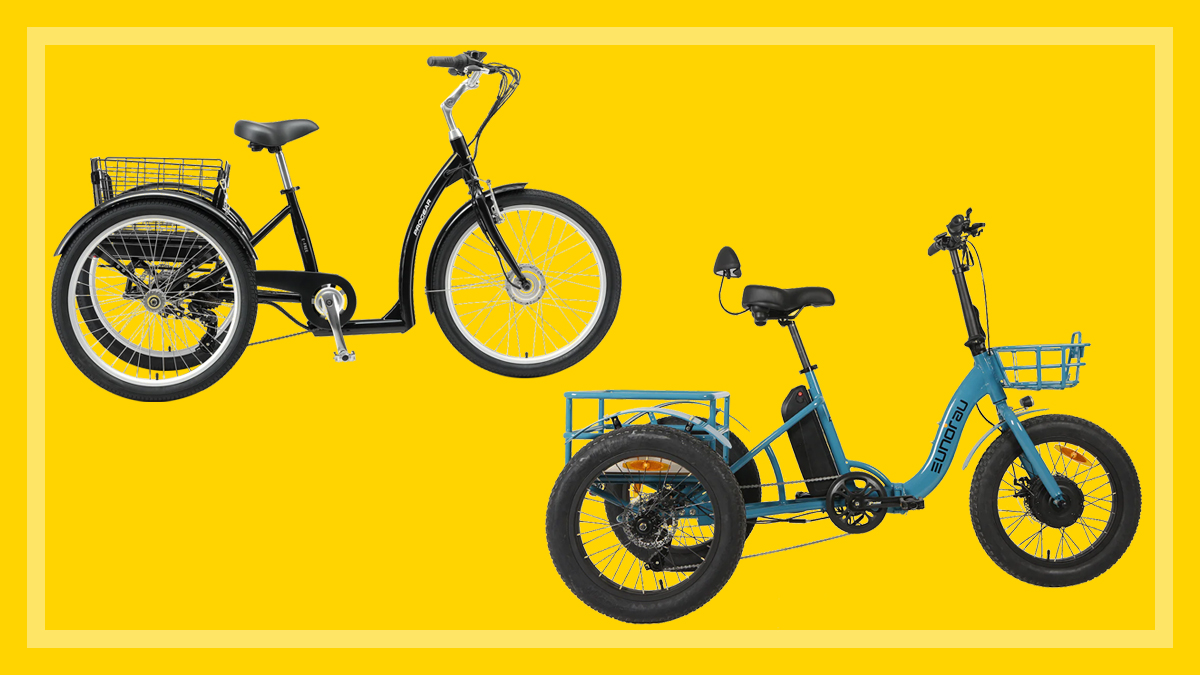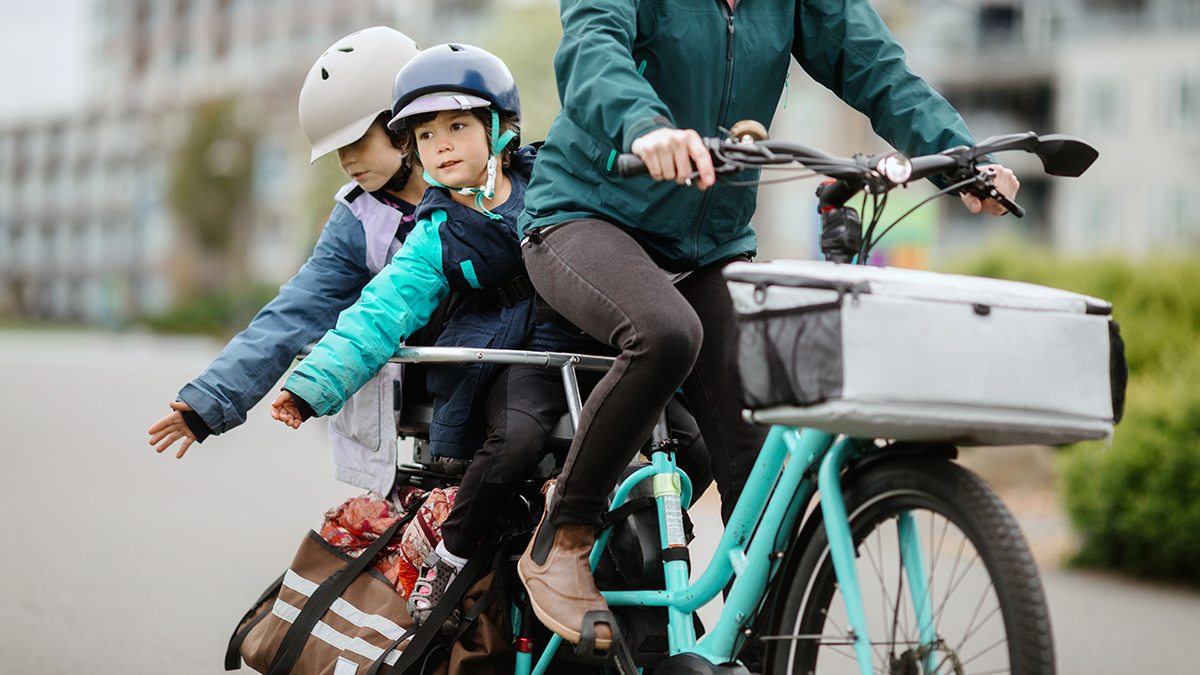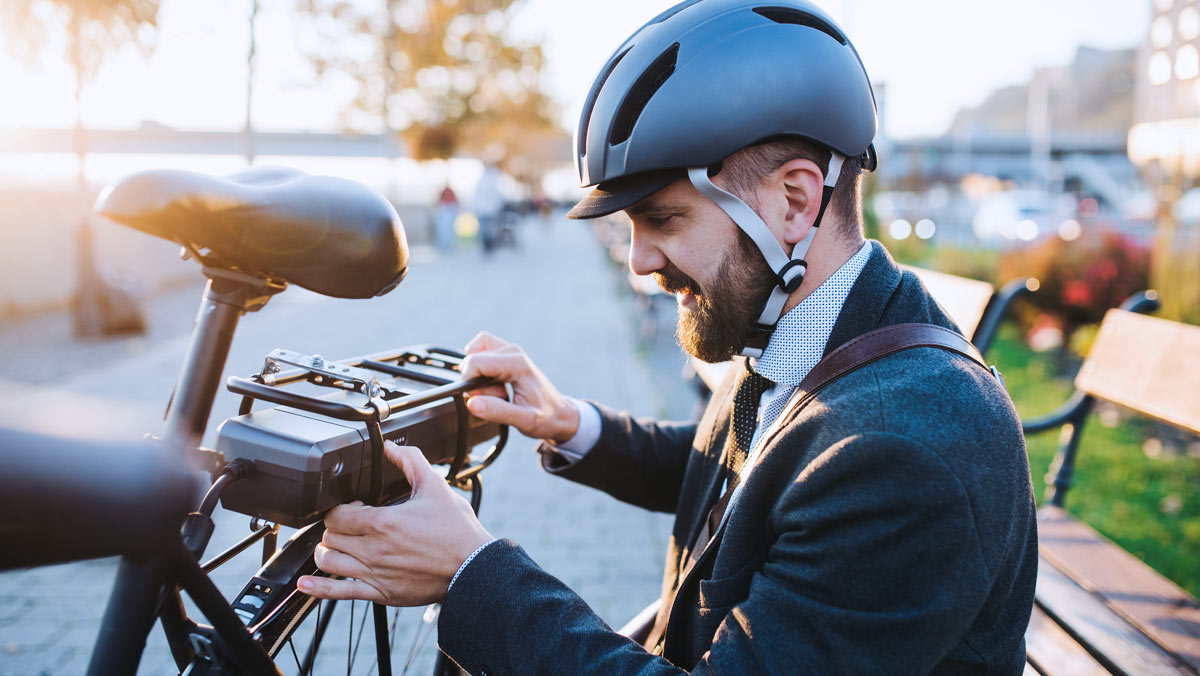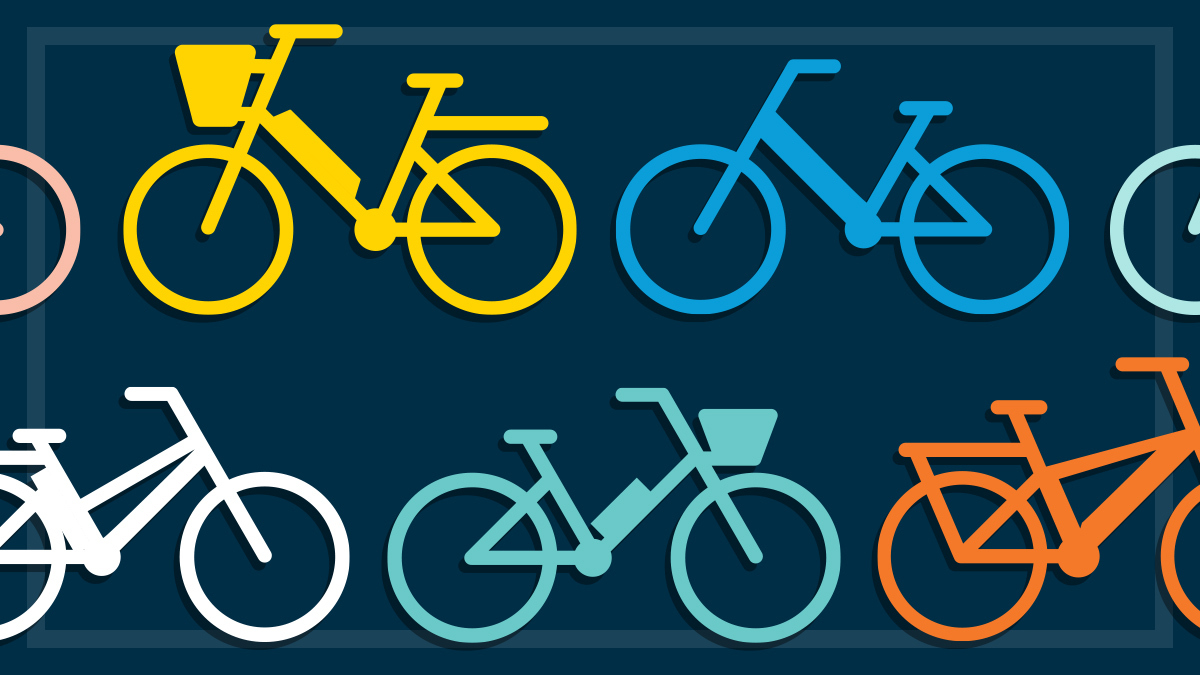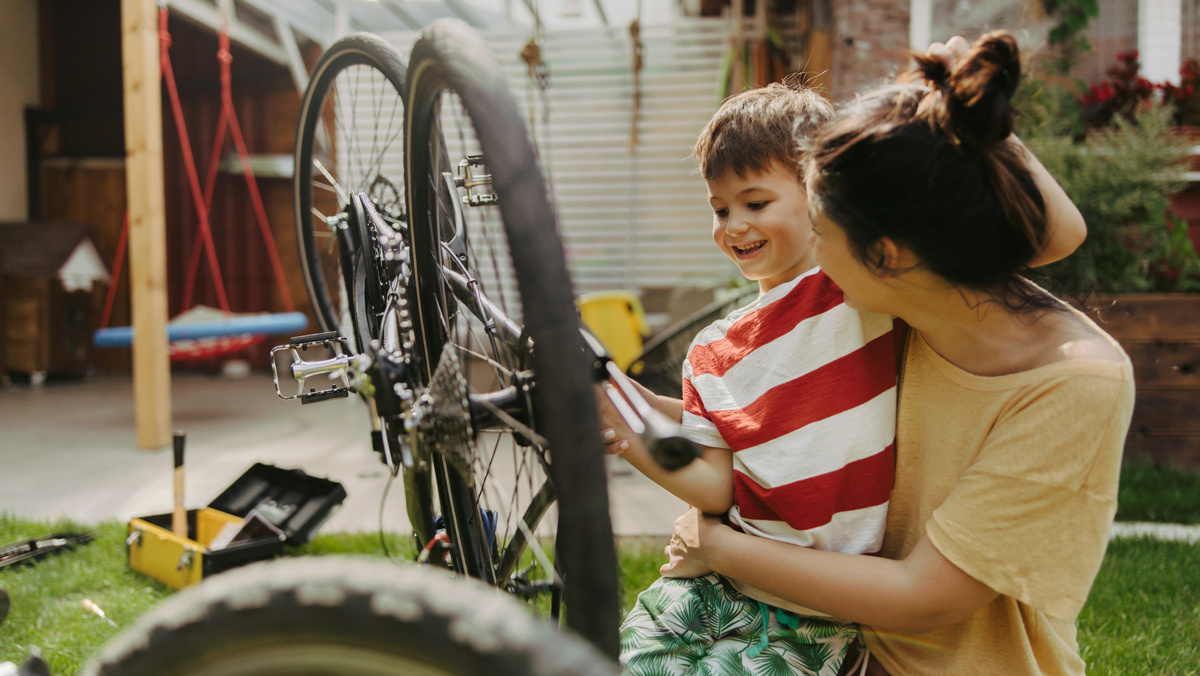How we test electric bikes
We assess e-bikes in the lab and out on the road to find the best performers.
Last updated: 1 May 2024
Electric bikes have a motor that kicks in when you need some extra power, making it easier to cycle over long distances or hilly terrains.
On this page:
There are a wide variety of models and types to consider, from commuter bikes and folding bikes through to off-road mountain bikes that can go virtually anywhere. Our testers not only put a range of e-bikes through testing for ease of use, charging the battery and portability when storing the bike, they also take the e-bikes out on the road to see how they perform under different bike riding scenarios.
How we choose what we test
Why do we choose one e-bike over another? There are a number of reasons, but our priority is to test what the average consumer (or CHOICE member) is most likely to consider for commuting, exercise or recreation. That means sometimes we might not cover the one brand that has one model that’s only sold 100 samples in Australia, and instead focus on the big brand models that you’re most likely to see in shops.
How do we know what’s in shops? We ask manufacturers and check current market figures to see what’s selling well. We’ll also include models that you’ve requested – if a lot of members want it, we’re going to test it.
When we know what you want, our buyers go out and purchase e-bikes from a variety of retailers if possible, then bring them in as-is. This means we get what you’d get, so we can be sure the results are what you’ll find (and the e-bikes haven’t been ‘tweaked’ in any way for better performance).
How we test e-bikes
Pedal assistance: How well does the motor assist with speed when pedalling? The testers consider aspects such as how suddenly the motor kicks in when moving the pedal (providing a smooth transition or a sudden burst).
They also look at how natural the motor assistance is when moving through the gears. Our testers will also note if an e-bike provides assistance over 25km/h, which is currently the legal limit in most of Australia.
Braking: How quickly does the e-bike respond to the cyclist’s braking action?
Turning and low speed performance: The testers assess how well the bike performs when riding uphill and slow riding where accuracy in turning and handlebar response is important.
Ride comfort: Our testers assess the comfort of the bike when riding over rough terrain such as off road and bumps.
Handling: The testers look at ease of mounting, dismounting, off-bike handling (walking the bike), safety and comfort.
Controls: All the menu controls are looked at for intuitiveness and ease of access.
Battery use (on-bike): The testers consider ease of charging aspects when the battery is left on the bike, including how easy it is to see the charging level and also ease of access for the charging cable.
Battery use (off-bike): This is an assessment of the battery when taken off the bike, for use when the bike may not be stored near a power point.
Display: Our testers look at the quality of the screen and menu items.
Test criteria explained
The CHOICE Expert Rating, our overall score that determines which products we recommend, is a combination of the comfort, ease of use and accuracy scores. Weightings are in brackets.
- Pedal assistance score (15%)
- Braking score (15%)
- Turning and low speed score (10%)
- Ride comfort score (10%)
- Handling score (10%)
- Controls score (10%)
- Battery use (on-bike) score (10%)
- Battery use (off-bike) score (10%)*
- Display score (10%)
* Some models (like the Orbea Vibe H30) have a non-removable battery, so do not receive a score for the battery use (off-bike) test. This does not affect the product’s CHOICE Expert Rating as the user will generally know about this before buying.
Related
Denis Gallagher is a Senior project officer for Digital home products and also works on test projects for the laundry and fridge labs. He produces tests for gadgets, phones, cameras and home entertainment gear as well as TVs, washing machines, dishwashers and fridges.
Previously at CHOICE, Denis worked as a Content producer for digital products. Prior to CHOICE, Denis worked as an Assistant editor on Golf Australia magazine and Editor for Multimedia and Videocamera magazine.
Denis has a Bachelor of Arts from the University of New South Wales and a Diploma of Journalism from Macleay College. LinkedIn
Denis Gallagher is a Senior project officer for Digital home products and also works on test projects for the laundry and fridge labs. He produces tests for gadgets, phones, cameras and home entertainment gear as well as TVs, washing machines, dishwashers and fridges.
Previously at CHOICE, Denis worked as a Content producer for digital products. Prior to CHOICE, Denis worked as an Assistant editor on Golf Australia magazine and Editor for Multimedia and Videocamera magazine.
Denis has a Bachelor of Arts from the University of New South Wales and a Diploma of Journalism from Macleay College. LinkedIn
Elias Plastiras tests a range of technology in the CHOICE computer lab, from laptops to smart home innovations and interconnected devices.
Prior to CHOICE, Elias spent 17 years working for Australian PC World, testing and writing about PCs and other small business gear. Elias tested almost everything in the PC realm, from 56K modems to network printers, as well as more mainstream consumer gear such as media players and PVRs.
Elias enjoys testing products in a rigorous fashion, to highlight the good and the bad for the benefit of the consumer. LinkedIn
Elias Plastiras tests a range of technology in the CHOICE computer lab, from laptops to smart home innovations and interconnected devices.
Prior to CHOICE, Elias spent 17 years working for Australian PC World, testing and writing about PCs and other small business gear. Elias tested almost everything in the PC realm, from 56K modems to network printers, as well as more mainstream consumer gear such as media players and PVRs.
Elias enjoys testing products in a rigorous fashion, to highlight the good and the bad for the benefit of the consumer. LinkedIn

